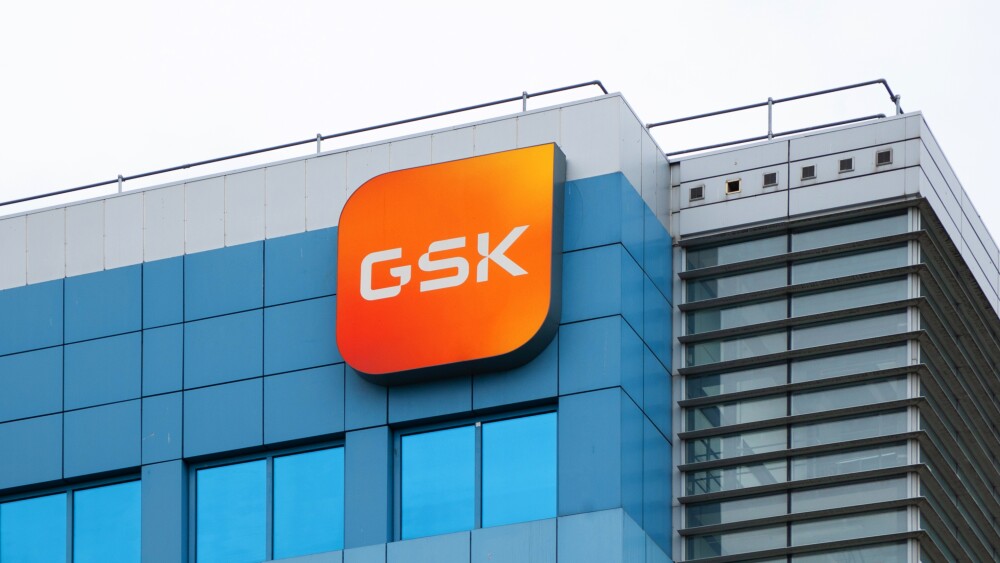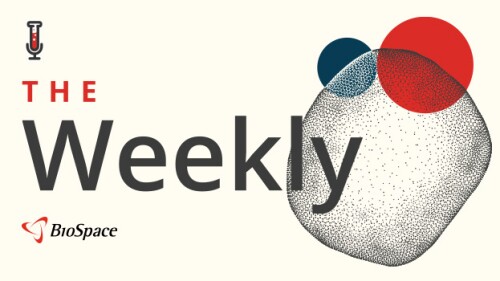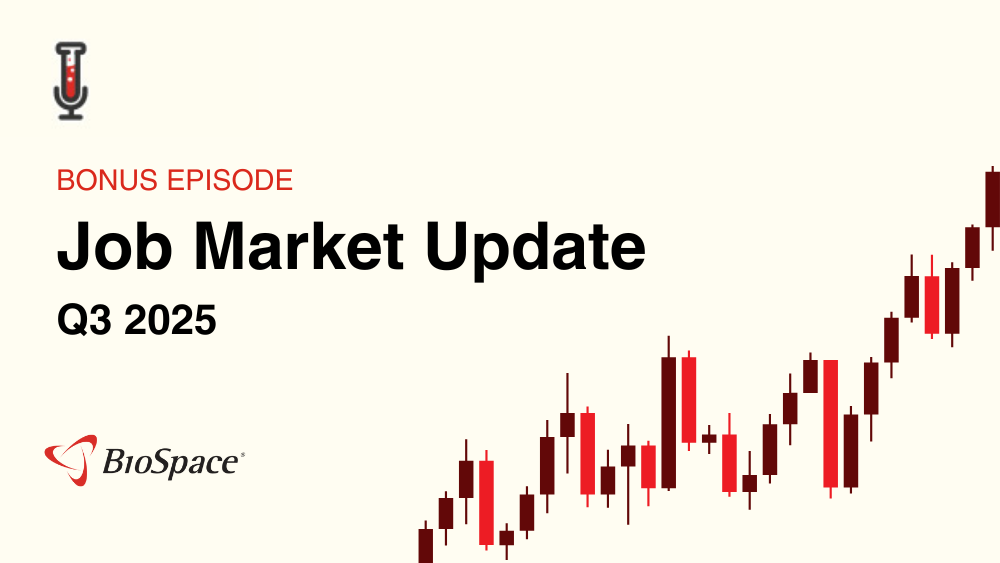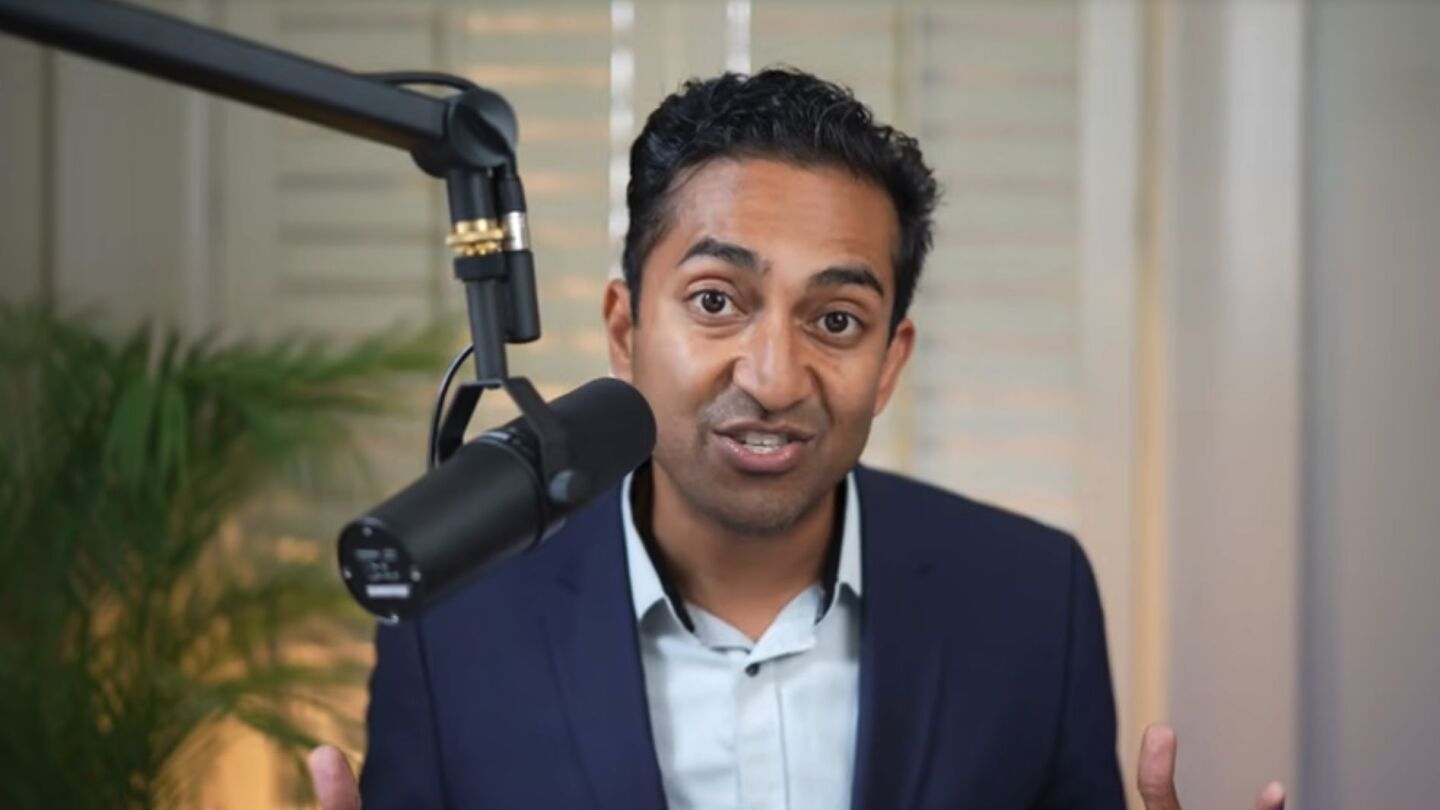News
FEATURED STORIES
The FDA is becoming deeply compromised and increasingly at risk of being permanently transformed in ways contrary to its mission, history and culture.
With $6 billion left in firepower, Pfizer is planning transactions in the hundreds of millions to the low-billions range, particularly in internal medicine and immunology and inflammation, Guggenheim reported.
Long a quieter, locally focused industry, Japanese pharma giants are increasingly looking to the rest of the world for deals.
Job Trends
Due largely to CSL, Merck and Novo Nordisk’s reorganizations that could total about 19,350 people, Q3 cuts rose significantly year over year and quarter over quarter, based on BioSpace tallies.
FROM OUR EDITORS
Read our takes on the biggest stories happening in the industry.
During the COVID-19 pandemic, Health Secretary Robert F. Kennedy Jr.—along with FDA Commissioner Marty Makary and CBER Director Vinay Prasad—argued against vaccine mandates, partly because they limited medical choice. This week, the FDA under their leadership approved updated COVID-19 vaccines with restrictions that do the same.
THE LATEST
Johnson & Johnson, which did not apply for the national priority voucher, was granted the ticket based on results from a Phase III study testing Tecvayli plus Darzalex in patients with relapsed or refractory multiple myeloma.
Representatives of companies including AbbVie, Eli Lilly, Johnson & Johnson and Merck have voiced concerns about the FDA’s approach to pre-approval inspections.
Varegacestat, a gamma secretase inhibitor, significantly improved progression-free survival while also meeting all key secondary endpoints in the pivotal RINGSIDE trial. Immunome is planning an FDA application for the second quarter of 2026.
Sanofi bought Dren’s DR-0201 program earlier this year for $600 million upfront and is running two Phase I trials in undisclosed inflammatory indications.
Vyvgart, an FcRn inhibitor already approved for generalized myasthenia gravis, is also being tested in myositis, Sjögren’s disease and the “clinically related” Graves disease.
Sanofi’s multiple sclerosis hopeful tolebrutinib faced dual setbacks on Monday, with a late-stage failure in one form of the disease and yet another regulatory setback in another.
The FDA had previously turned back the heart rhythm nasal spray twice, once in late 2023 with a refusal to file letter and again in March this year, when it flagged manufacturing issues.
For $950 million upfront, Sobi will gain ownership to pozdeutinurad, an oral URAT1 inhibitor that performed well in Phase II studies.
The FDA’s Vinay Prasad recently claimed in an internal memo that at least 10 children have died from coronavirus vaccines, but an internal safety review showed that the count was much lower.
In the midst of regulatory and political upheaval, biopharma’s R&D engine kept running, churning out highs and lows in equal parts. Here are some of this year’s most glorious clinical trial victories.






















